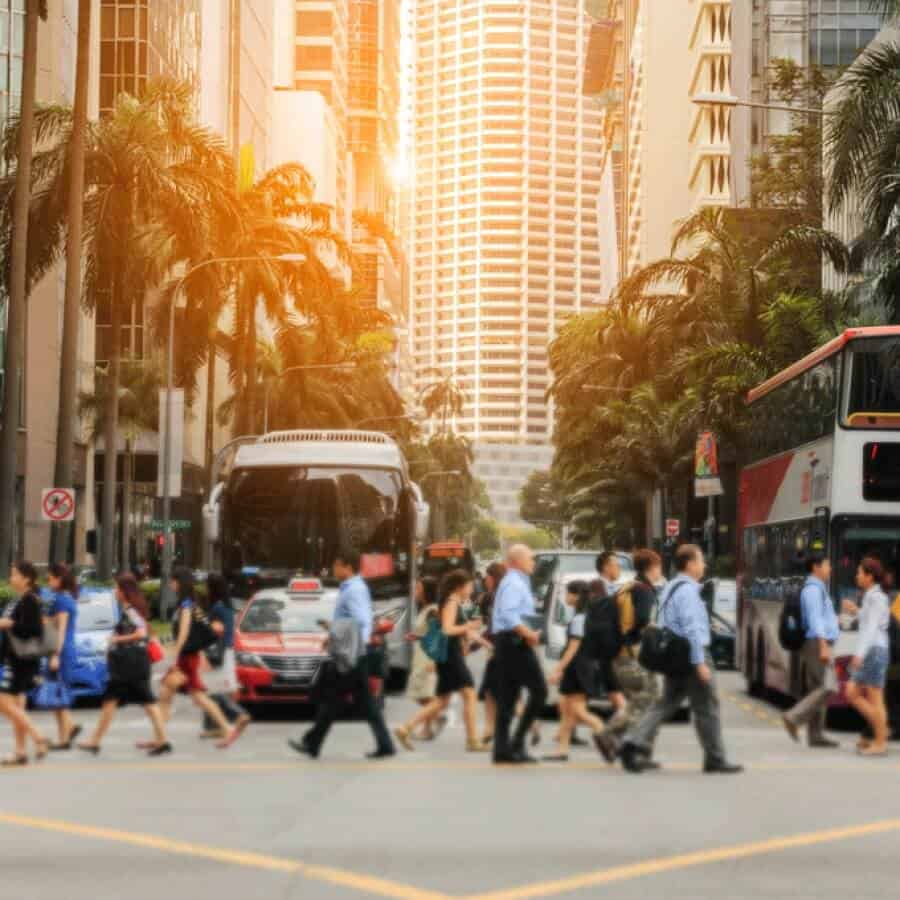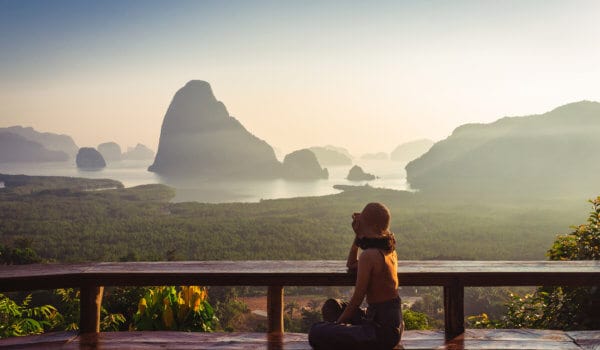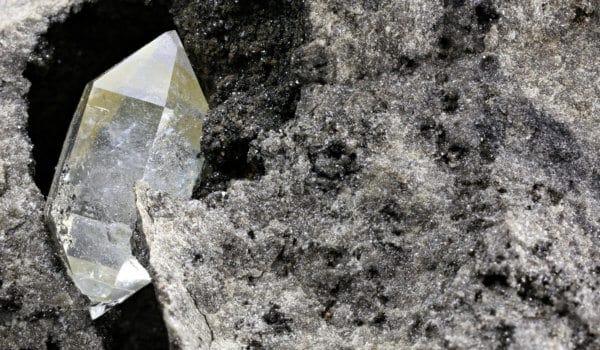YT contributor Maja Mezan decided to pay a visit to one of the last surviving city-states in the world – Singapore. The clash of cultures, languages, religions, and cuisines was reflected in an orderly chaos which offered her a completely new perspective on Asia in a way that she had never experienced before.
The moment I step out of the Changi airport, I realize how densely populated Singapore is. My eyes try to keep track of the endless line of skyscrapers which disappear in the background while I chat with the taxi driver:
“You here for business Madam?” he asks with a heavy accent.
“Holidays,” I reply, and rest my eyes on a giant ship-shaped hotel.
His eyes meet mine in the rearview mirror, and without much thinking he continues: “You rich Madam. Very rich.”
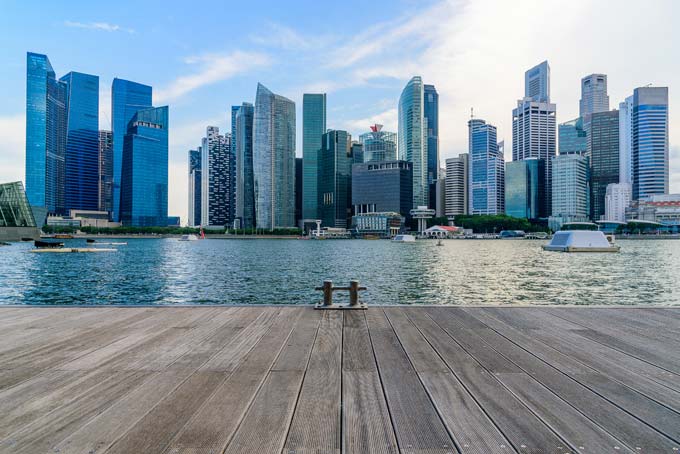
Singapore city skyline
Often hailed as one of the richest countries in the world with a very high GDP per capita, everything in Singapore comes at a price. It is well known that young adults live under their parent’s roof until they reach the age of 35, as they can’t afford a place of their own before that. Subsidized government housing for locals (HBD) are being sold at prices above $1 million; the cheapest car costs $76,000; and what is more, you are required to pay the registration fee for ten years in advance.
My Malay taxi driver might be right, but the truth is, Singapore is a city of contrasts. Brimming with energy, this little dynamo in Southeast Asia embodies the finest of both East and West. For breakfast you might drink $1 green tea in China Town; three hours later you may dunk naan in a bowl of red curry in the Little India district; and after dinner you might cheer up with a $22.00 beer at the Level 33 Brewery in Marina Bay.
As a traveler, you observe the contrasts through Singapore’s architecture, cuisine, culture, art, and religion. There are four official languages in Singapore – English, Malay, Tamil, and Mandarin. However, due to multiple combinations of words from different languages and due to highly localized accents, you often come across “broken English” or colloquial Singaporean English, which is better known as Singlish. You can’t help but wonder how, despite all the differences co-existing within a population of 5.6 million people, Singaporeans so perfectly share the small country they inhabit.
Land is Singapore’s most cherished resource and its dearest ambition. Singapore is among the 20 smallest countries in the world, but since 1965 it has expanded its territory by 20% by dumping vast quantities of sand into the sea to create new, buildable acreage. One of the busiest districts, Boat Quay, Marina Bay, and even most of Singapore’s Changi Airport are built on earth where there was once only water. Glass skyscrapers reach head-spinning heights, rooftop pools can be found up to 57 levels about the ground, and heavily trafficked shopping centers make it possible to discover both foreign luxury fashion and pieces of local culture.
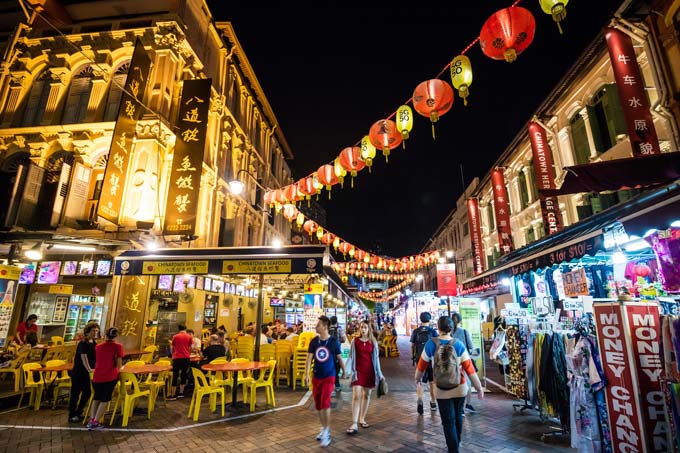
Chinatown district in Singapore
Even though Singapore gives the impression of a concrete jungle, it is known as the greenest city in Asia, with parks and gardens occupying 47% of the land. As the metropolis continues to grow, new developments must include plant life, which is visible in “green” roofs, cascading vertical gardens, and amazing waterfront parks. The symbol of Singapore and its efforts to promote green space are solar energy powered “Supertrees”, found in a display in the 250-acre Gardens by the Bay.
Spending time in Singapore for business is, according to expat professionals, easily described in just three simple words – working, eating, and drinking. Discovering it for myself, I can easily claim that Singapore offers so much more. The top three places, which in my opinion should be on everyone’s list when visiting Singapore, are:
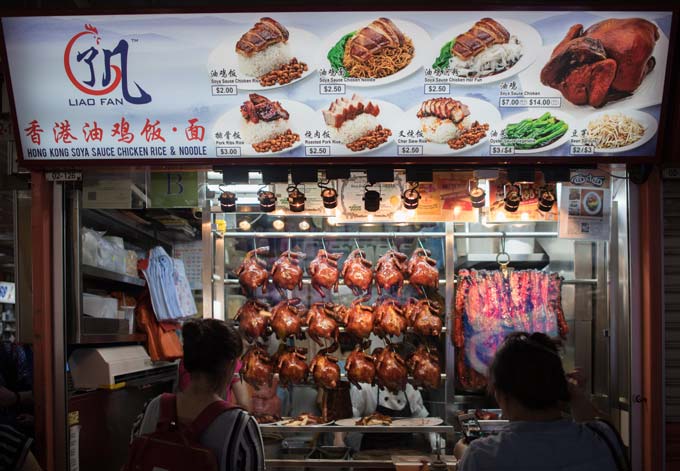
Hong Kong Soya Sauce Chicken Rice & Noodle in china town has been rated 1 stars by the Michelin Guide 2016
- Hong Kong Soya Sauce Chicken Rice & Noodle restaurant
The cheapest Michelin-starred meal in the world, ringing in at a mere $1.50, can be found in one of the food stalls in China Town. The master chef, Chan Hon Meng, has perfected the braised chicken recipe which was passed down to him by his uncle and has gained recognition throughout the culinary community. While standing in line for chicken may not be your ideal experience, tasting his soya sauce chicken is definitely worth the wait.
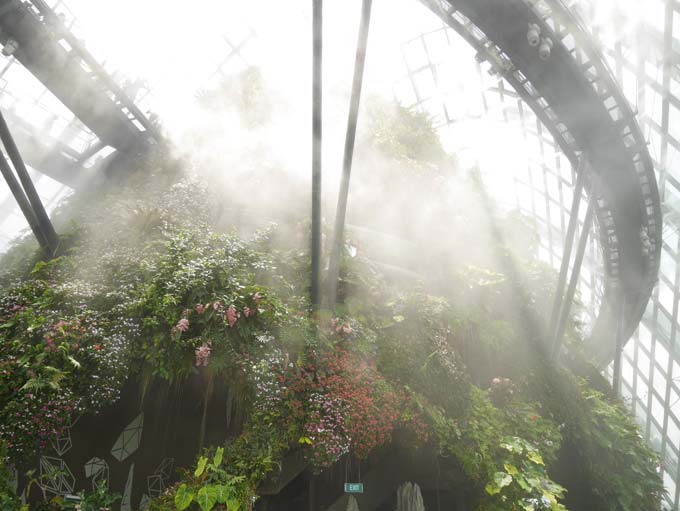
Cloud Forest at Gardens by the Bay, Singapore
- Cloud Gardens
Stepping inside a giant glass house, surrounded by a subtropical forest in a cloud, feels like being transported to a different world. A mysterious place veiled in mist, the Cloud Forest is a 35 meters tall mountain covered in lush vegetation shrouding the world’s tallest indoor waterfall. Not only is the Forest amazing in its architectural form, the temperature of the garden is kept at about 24 degrees, which after a few hours spent discovering the streets of Singapore seems truly refreshing.
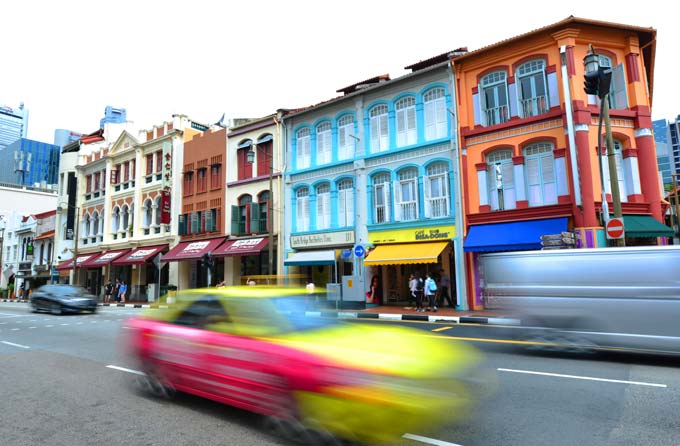
Peranakan houses in the Chinatown in Singapore
- Peranakan Shop Houses
In ancient times, travellers from Southeast Asia came to the Singapore area to trade, and many stayed and married local women. This museum documents the life of these early people, called the Peranakans, and keeps visitors fascinated from start to finish. It links the Peranakan culture of today back through the 20th century and to its origins in the more remote past.
Photos: Shutterstock
Support us!
All your donations will be used to pay the magazine’s journalists and to support the ongoing costs of maintaining the site.
Share this post
Interested in co-operating with us?
We are open to co-operation from writers and businesses alike. You can reach us on our email at [email protected]/[email protected] and we will get back to you as quick as we can.
